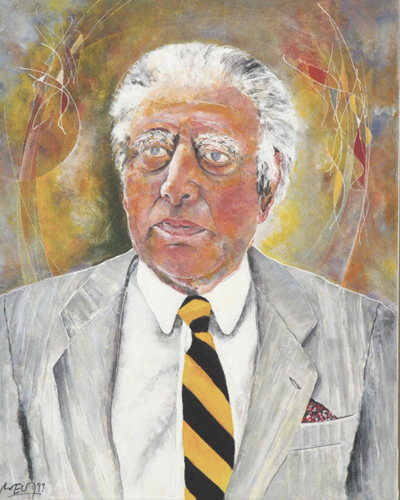
Prof. Dr. Bühlmann's career as an actuary, both in academia and in industry, has been of the highest distinction. He has made a lasting impression on the teaching, research and industrial applications of actuarial methods worldwide.
A major contribution of Prof. Bühlmann has been his scientific work on "credibility theory" The so-called Bühlmann, or Bühlmann-Straub models are now standard tools for any non-life actuary in the world. Employed by Swiss Re Insurance Co., and serving as a member of their board of directors today, Dr. Bühlmann came into contact with questions concerning premium calculation principles in the realm of experience rating in insurance. He developed the now fundamental Bayes approach to credibility, and nearly all subsequent additions to the field have been based on his ideas.
The need to keep up the link between actuarial ideas and general economic thinking is omnipresent in Dr. Bühlmann's work. In his many publications, he pursues the goal of unifying as much as possible the actuarial, economic and financial methodologies.
While working in industry, Prof. Bühlmann also worked in academic as a university professor. He served as President of the prestigious Swiss Federal Institute of Technology (ETH), one of the world's leading technological universities. And he served on government committees related to actuarial issues.
Numerous degrees has been bestowed upon him over many years by leading institutions as well as various honorary presidencies and memberships from actuarial associations around he world. Various special volumes have been edited honoring his career, which offer an interesting look at the impact of his work on the world of insurance.
His seminal works in academia include his 1970 book on "Mathematical Methods in Risk Theory: (Spinger-Verlag) and his 1987 ASTIN Bulletin Editorial on "Actuaries of the Third Kind" (ASTIN Bulletin). The former is generally accepted as the leading text having opened the door for scores of students in the field of actuarial mathematics. His farsightedness regarding the actuarial professional has influenced discussions on actuarial training programs through the world.
